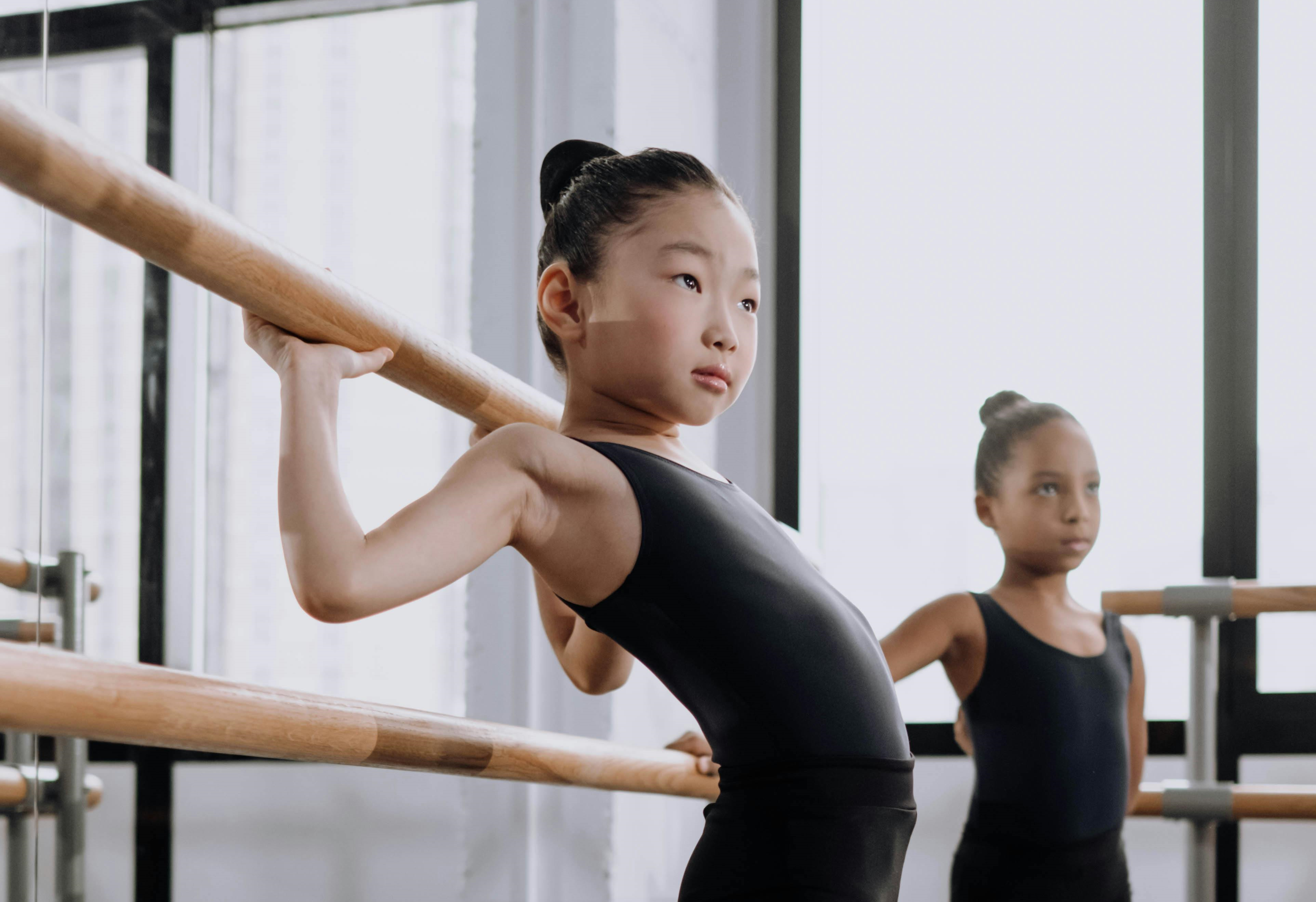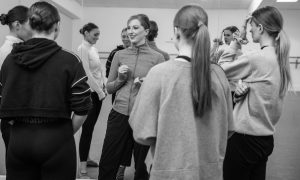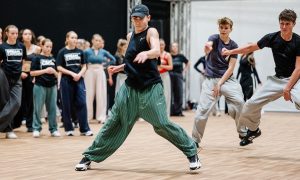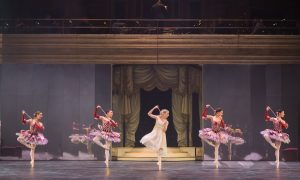‘I’m hot. I’m mean. You can’t have me. You can’t afford me. It’s crotch, then boobs.’ These are the instructions of Abby Lee Miller to her group of eight- to 13-year-old dance students during an episode originally entitled “Topless Showgirls” on the first season of Dance Moms back in 2011.
This episode was later pulled by the show’s network, Lifetime, but to think this was the end of children being sexualised on stage at dance competitions would be inaccurate. Thirteen years later, as a judge of such competitions here in the UK, I continue to see inappropriate choreography, costuming and lyrics.
“Am I in a parallel universe?” I have wondered to myself, as I watch a group of pre-pubescent children in basques dancing to ‘voulez vous couchez avec moi?’, whilst their parents in the audience are whooping, clapping and screaming, ‘Go on girls!’
Certain ‘classics’ are used regularly, such as Christina Aguilera’s “Candyman”. Each time, I wonder whether the teacher has clocked the lyrics at all, or whether they know but don’t care. I suspect the latter, when “Candyman” jazz solos often involve a choreographed moment whereby the young girl puts her hand over her open mouth in feigned shock as the lyrics assert ‘He’s a one stop shop, makes my cherry pop’.
Costuming can exacerbate the issue, with the equivalent of sequin-adorned bikinis commonplace. Choreography completes the problem, often hypersexualised and adult in nature, particularly in the jazz and commercial sections. And for what reason? Technique, dynamics and artistry can all be developed from a young age without the need for grinding, sexualised facial expressions or suggestive floor work.
So why does it matter? If the kids are having fun and don’t understand the context of what they’re doing, then what’s the problem?
There is a wide body of research on the effects of early hypersexualisation, which can negatively impact a child’s academic performance, relationships, risk of body dysmorphia, etc. However, I am going to particularly focus on their susceptibility to abuse, and our duty of care as educators and parents to safeguard them from this.
Parents argued it was harmless fun when their seven- to nine-year-olds performed “Single Ladies” at the 2010 World of Dance Urban Dance Competition. The video for this went viral causing great controversy, as the children performed overtly sexualised choreography whilst wearing hotpants, black-laced red bras, black knee highs, chokers and long mesh gloves. On a Good Morning America appearance, one parent said, “They compete in dance competitions in the correct context in front of family and friends… The girls weren’t meant to be viewed by millions of people.”
As we all know, once something is posted online, we cannot control its spread. As Dr Tomi-Ann Roberts, Professor of Psychology at Colorado College and leading expert in the sexualization of girls and its impact on dancers explains, “It’s no longer that you have to buy a ticket, and go to the competition, and sit down and watch. Now in anyone’s own pocket… are all kinds of videos and images of very young girls posing… and dancing in sexualized ways. We would be idiots if we didn’t think several thousands of those aren’t pedophiles.”
However, even without this consideration, this argument neglects the sad realities of child abuse. Yes, there are dangerous people on the internet, but there can also be dangerous people within a child’s friends and family. Here in the UK, the NSPCC estimates that 1 in 20 children have been sexually abused. The vast majority of these children are abused by someone they know.
Therefore, if I judge a UK competition with 200 children performing, I am likely going to watch 10 children on stage who have been sexually abused. There is a good chance that the perpetrators of this abuse are in the audience.
With that context, do we still feel it is harmless for an eight-year-old to dance to a song about losing their virginity whilst twerking in a sparkly crop top and hotpants? That is a very uncomfortable sentence to write, but it is the reality of what I see.
The safety, both physical and psychological, of our students must come first. It raises a question of consent: How can a child consent to perform a dance they don’t understand? When they reach an age where they do understand, there is likely a video roaming the internet somewhere that they have no control over. In addition, it is our job as educators to create clear boundaries for children so they can more easily identify unsafe behaviour. If teachers, parents and judges are all comfortable with children dressing and dancing in a sexualised manner, children will understand it is normal for them to be sexually objectified, and grooming will be much harder for them to detect.
Is this issue specific to pre-pubescent girls? Only in the sense that most dance competitors are female. However, when they participate, I have seen uncomfortable evidence of boys also being susceptible to these trends. Equally, I don’t believe we have carte blanche to explore sexual themes once a dancer reaches puberty or beyond. I would argue that all minors are vulnerable and lack the emotional maturity to appropriately gauge how to present sexualised content on stage.
So what can we do?
Teachers:
- Vet all lyrics carefully – not just the specific words, but the context. Just because a song doesn’t include expletives does not mean the subject matter is appropriate.
- Avoid sexualised choreography, instead focus on developing strong technique, appropriate artistry and dynamics.
- Consider costuming carefully – body line can be shown without a child being barely clothed. Consider the connotation of a costume, e.g. a pair of black tights is different to a pair of black stockings.
Parents:
- Use your voice – if you feel something is inappropriate, speak out.
Everyone:
- If you are concerned about the way a child is interacted with/treated by an adult within a dance setting, contact your local child protection services. You don’t have to be sure if you’re ‘right’ to do this. Safeguarding relies on people raising concerns. Taking this action could protect a child or future children.
By Anna Morgan of Dance Informa.














